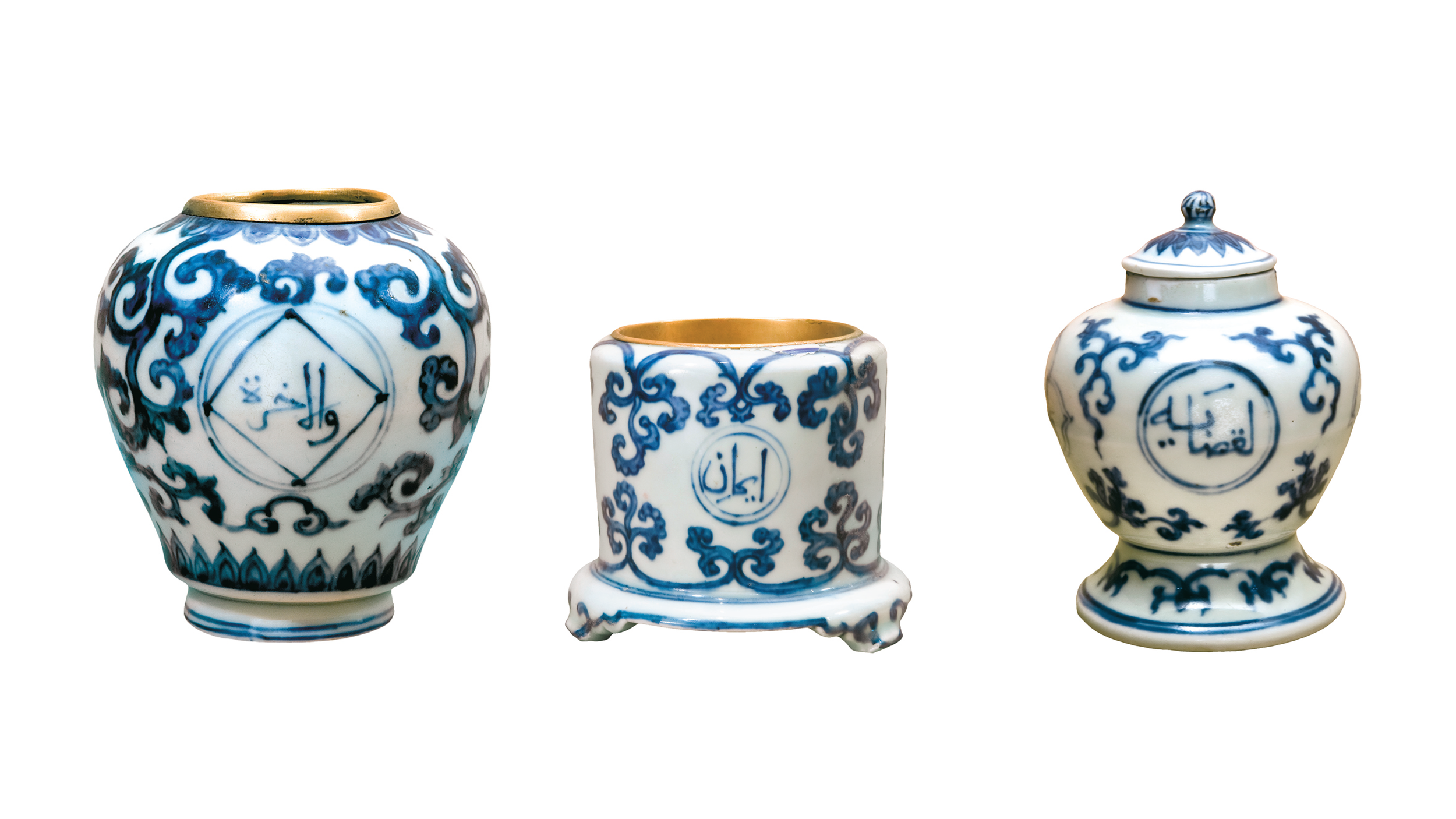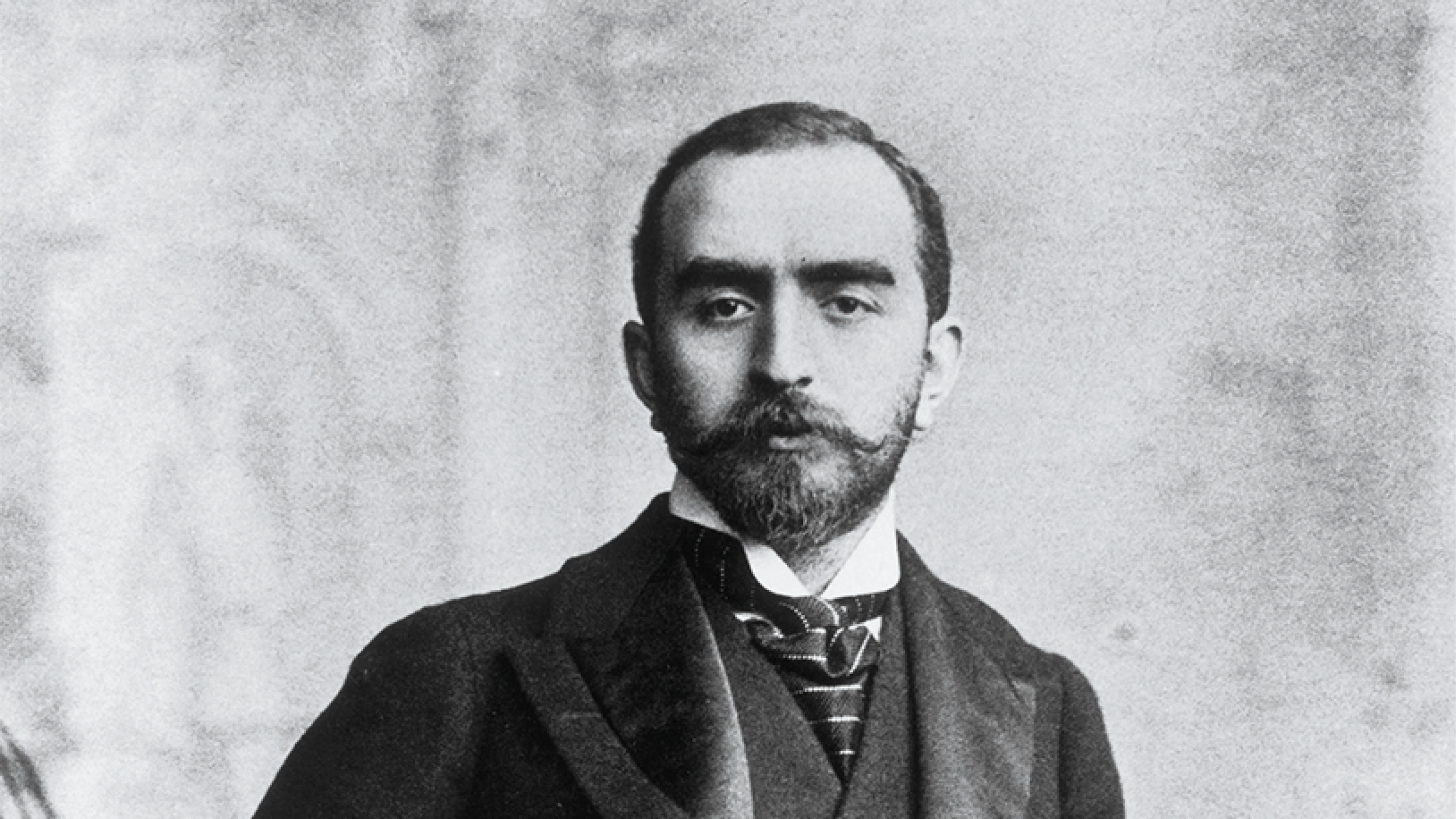Highlights

Hariti Domesticated: Re-evaluating Structures of Patronage in Gandharan Art
Strategically located on pan-Asian trade networks in modern-day northwestern Pakistan and Afghanistan, the region named Gandhara was of tremendous economic importance in the early centuries of the Common Era, a locus of exchange between cultures, both in terms of trade and ideas. Over the centuries, it was successively occupied by Achaemenid, Mauryan, Greco-Bactrian, Scythian, Parthian and finally, Kushan rulers, with each of these foreign dynasties leaving imprints of their visual culture and belief systems.

Philippine Gold: Southeast Asian Trade and Transmission
The Wenxian tongkao (Comprehensive Examination of Literature by Ma Duanlin [1245–1322]) mentions a Philippine ship arriving in China in 982 and subsequent dynastic records list gold as an item of exchange. But the Chinese records contain no details about the nature of the gold that was traded, and it is not until the 16th century arrival of the Spanish that we are provided with a wealth of information about gold working and the ornaments themselves.

Muslim Blue, Chinese White: Islamic Calligraphy on Ming Blue-and-white Porcelain
Nearing the end of the second decade of the 21st century, the world is witnessing a global pivot toward Asia in international affairs. Meanwhile, China’s ambitious Belt and Road Initiative is predicated upon the global importance of mutually beneficial relations between China and its westward neighbours, a vast proportion of whom are Muslims. The success of the initiative, with its economic and political aspirations, depends on bringing together people of diverse cultures, evoking the history of ancient commercial overland and maritime trade networks, romantically imagined as the ‘Silk Roads’.

‘An Oriental Collector’: Calouste Gulbenkian’s Taste for Arts of the Islamic World and China
Born in 1869 in Istanbul, the crossroads of Eurasia, Calouste Sarkis Gulbenkian always defined himself as an ‘oriental collec-tor’. His cultural view was expansive, extending beyond the Ottoman Empire of which he was a citizen to the east and west. By the time of his death in Lisbon in 1955, at age 86, this vision was reflected in a splendid art collection comprising some 6,000 objects originating from England to Japan, and dating from antiquity to the early 20th century.

The Namazu-e Album at the Royal Ontario Museum and Its Online Exhibition
The Royal Ontario Museum (ROM) in Toronto, Canada, owns an accordion-style album containing eighty-seven woodblock prints depicting and satirizing social situations after a large earthquake hit the city of Edo (today’s Tokyo) in 1855. An online exhibition of this album, Aftershocks: Japanese Earthquake Prints, which displays a selection of forty-two prints, was launched on the ROM website in November 2022 and will be available for several years.

The Secret of Colours: Ceramics in China and Europe from the 18th Century to the Present
The Baur Foundation, Museum of Far Eastern Art in Geneva holds a remarkable collection of Chinese enamelled porcelain dating from the reigns of the Kangxi (1662–1722), Yongzheng (1723–35) and Qianlong (1736–95) emperors. This collection will be the subject of an exhibition opening September 14, 2022, examining how the palette of coloured enamels developed as a result of interactions between China and the West. Technological exchange in the field of enamels has recently given rise to an extensive literature dwelling as much on the historical as on the physical and chemical aspects of this art form (Bellemare, 2021; Colomban et al., 2022; Shih, 2012).

Hua Fengxiang and His Three-hundred-Year Zisha Tradition
Zisha is a special purple-hued stoneware particular to Jiangsu Province, China. Common Zisha products are mainly pots, supplemented by miscellaneous items such as flowerpots and water jars. Most Zisha is round, square, or of other simple geometric shapes and is used as a vessel to brew tea in the ‘loosing tea method’ of the oriental tea ceremony. Boiling water is added to tea leaves in the purple clay pot, creating tea soup mixed with tea leaves and tea water.

Seeing Zen in Prague: A Unique Collection of Japanese Zen Art
The Kaeru-An Collection at the National Gallery in Prague comprises 523 scrolls of Japanese Zen ink painting and calligraphy, a few items of earthenware, and one pair of screens. The collection was built over the course of the past twenty years by the Dutch collector and artist Felix Hess, with expert assistance from the professor John Stevens. Three years ago, Felix Hess donated this exceptional collection of Japanese Zen art, spanning from the 15th to the 20th century, to the National Gallery in Prague, which has recently presented part of the collection in two installations of works in the exhibition ‘Zenga: Japanese Zen Paintings from the Kaeru-An Collection’ in the Salm Palace by Prague Castle.

From Lion to ‘Idol’: An Early Reception of Chinese Sculpture in America
Quite possibly one of the earliest Chinese stone lions to reach the United States can be found in the permanent collection of Union College in Schenectady, New York (Fig. 1). It was gifted to the college in 1874 by John Marshall Willoughby Farnham (1829–1917), a Union alumnus and Presbyterian minister who dedicated his life to missionary and humanitarian work in China. Farnham acquired the lion sometime between 1860 and 1862, when it was unearthed during the construction of fortifications against the Taiping rebels in the vicinity of his school for boys, which was located near the south gate to the city of Shanghai. He installed the lion in front of his school for some years before sending it to Union College. Reified as a guardian figure by Farnham, the sculpture would be received in a most unconventional manner after crossing the globe.

Discovering Chinese Art in Wroclaw—Insights from the Neisser and Nowicki Collections
In the 17th and 18th centuries, a fashion for Chinese and Japanese culture as well as for chinoiserie and japonaiserie appeared in European applied art. Remarkable collections of Chinese art that have yet to be studied in depth emerged in both German and Polish regions. This article will discuss two prominent collections of Chinese art in Wrocław (known as Breslau before 1945)—the Neissers and Nowicki collections. They are, respectively, representative collections of Chinese art in Central Europe at the turn of the 20th century and the second half of the 20th century.

For the Love of Broken Porcelain
In 1960, while planting a rose garden on the grounds of a 600-year-old palace in Delhi, members of the Horticulture Branch of the Archaeological Survey of India (ASI) dug up a large hoard of broken blue-and-white dishes and bowls. These ceramics were thought to be Mughal porcelains. While this was duly noted in a brief entry in the ASI’s journal, Indian Archaeology 1961–1962: A Review, the discovery was regarded at the time as unimportant. The porcelain was put into storage, and the exact location of its discovery was forgotten. However, the collection was and remains the world’s largest collection of Yuan dynasty (1260–1368) blue-and-white porcelain.

Buddhist Art Initiative: Connectivity as a Driver for Change
The creation of Buddhist sculptures, paintings, and ritual implements, and the use of a wide range of symbolic representations in Buddhist visual culture, served originally to support religious practice and lead believers to the Buddha’s teachings. Whether as a devotional object, a donation for merit making, a visualization tool used in ritual, or a vehicle for the path of meditation, Buddhist art fulfills its spiritual purpose all the more when it evokes transcendence of all form, the illusory realm of phenomena, and when it assists believers in attaining deeper levels of realization.
